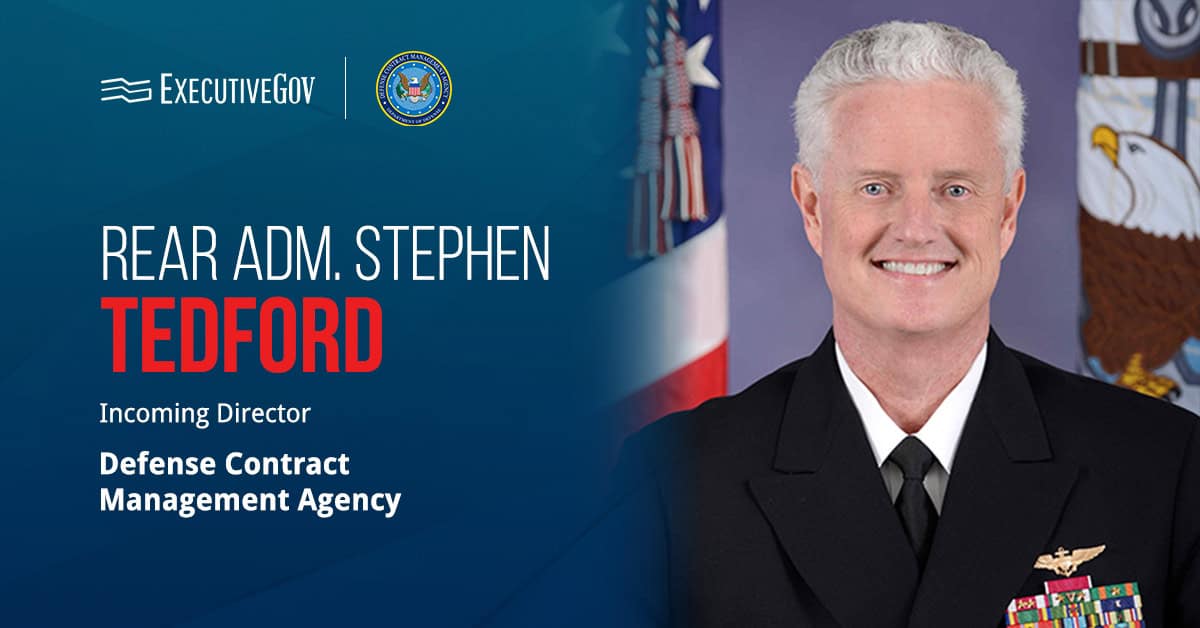President Trump has nominated Maj. Gen. John Shaw, commander of the Combined Force Space Component Command and the Space Operations Command, to serve as deputy commander at the U.S. Space Command.
Shaw will elevate to the rank of lieutenant general once he receives confirmation from the Senate, the Department of Defense (DoD) said Thursday. He manages more than 17,000 joint and combined personnel and provides space capabilities in support of the U.S. Space Command as part of his current capacity.
Shaw joined operations tours in the 50th Space Wing, the 32nd Air Operations Group, the Space Warfare Center and the National Reconnaissance Office (NRO). He also held the role of deputy commander at the U.S. Air Force Space Command prior to its reestablishment as the U.S. Space Force.





